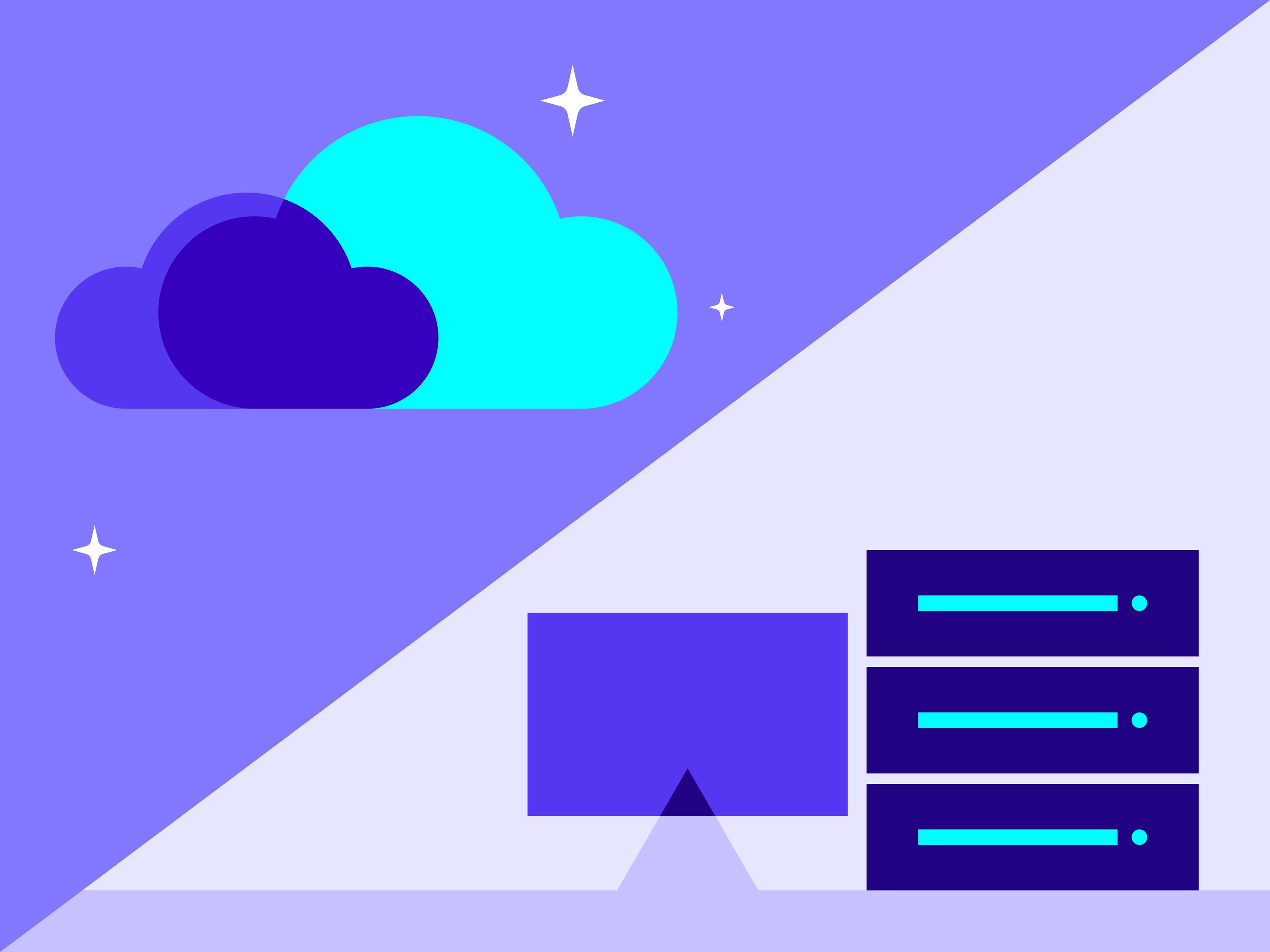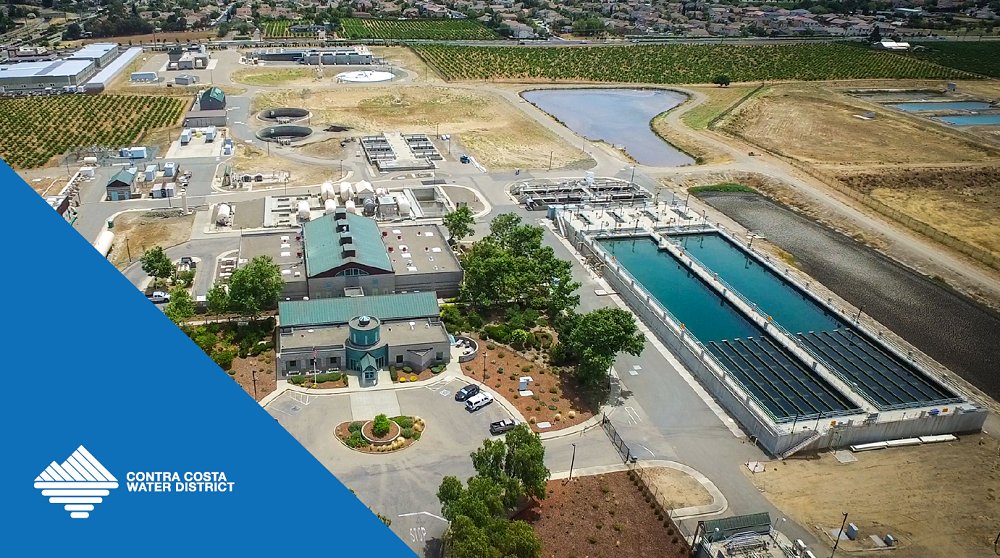As regulations become more numerous and complex, water monitoring plans follow suit. Restrictive budgets and personnel shortages don’t make the job any easier.
How is your utility keeping up? With sampling responsibilities spread across different teams and individuals, and data constantly coming in from these different sources, how do you know you’re using resources efficiently?
Automating your water monitoring plan with technology can help you avoid errors, save time, and adapt to new reporting protocols.
In this article, you’ll learn how to use automation to track and execute your water monitoring plan, so that your team will be ready for anything that comes down the pipe.
What does it mean to automate your water monitoring plan?
Sampling runs, lab tests, these are important jobs carried out onsite by skilled individuals. But the work that goes into scheduling those sampling events and consolidating the results? Those administrative tasks take up valuable time—and that’s where technology is well suited to play a role.
With the right software, you can instantly analyze reams of sampling data, build out comprehensive and adaptable sampling schedules, and generate regulatory reports at the click of a button.
Why automate your water monitoring plan?
When you automate your water monitoring plan, you minimize the administrative work that’s involved. For compliance managers, those time savings can free up an entire workday every week.
Plus, an automated water monitoring plan can deliver benefits across the organization:
Break down data silos
If the Water Quality Department is maintaining Safe Drinking Water standards, another team is managing NPDES permit samples, and yet another team is managing samples based on customer complaints, how can you tell where these needs intersect and overlap?
Automation creates a single source of truth, bringing all sampling activities into a single view. Information that once lived in spreadsheets or filing cabinets can now be made accessible utility-wide. Plus, your efforts go further: non-compliance sampling results can be easily attributed to overlapping regulatory reporting needs.
Manage timelines across multiple departments
As new sampling needs come up, an automated online schedule lets you adapt. Easily slot in new runs while ensuring that all other testing requirements are being met on time.
Simplify monitoring & reporting
Online tools can unlock instant analysis of the raw data coming in from your LIMS. Then, generating a monthly report is as easy as clicking a button.
Rather than struggling with Excel or Word templates, where duplicate files and offline edits lead to mistakes, you can create standardized reporting templates that feed in accurate data from the same source every time.
Improve consumer confidence
With powerful tools to analyze sampling results in real-time, you can feel confident that you always have an accurate read on water quality. That means that when issues arise, you can mitigate the consequences with faster interventions and proactive communications.
And when it comes time to generate your annual Consumer Confidence Report, there’s no scrambling to consolidate and reconcile Excel sheets. You have all the data you need—accurate, up-to-date, and accessible.
Tools to automate your water monitoring plan
There are many tools that you can implement to automate your water monitoring plan. Some software tools are purpose-built for the job, while other familiar tools like spreadsheets and basic online scheduling software can be configured to introduce some level of “automation”, despite limitations.
If you have the time, resources, and expertise to set up a series of Excel sheets to track all your compliance tasks, for instance, it may be able to save your organization a lot of time and energy. Otherwise, these tools can end up being just “more of the same,” adding to the complexity of your current plan.
The following list weighs the pros and cons of both DIY and cloud-based digital tools for automating your water monitoring plan—many of which may already be in use:
PDFs
Use: Formatting and compiling reports
Pros:
- Compatible across multiple computer systems
- Relatively straightforward to generate reports from templates
Cons:
- Will not automatically populate with reporting data
- Multiple versions of reports (drafts) can create confusion
Spreadsheets
Use: Collating data, doing simple calculations
Pros:
- Familiar to many users at your organization
- Can be incredibly simple or very complicated, depending on user skill level and need
Cons:
- Difficult or impossible to integrate with other systems, such as scheduling software or LIMS
- Typically must be manually updated
- Offline or duplicate file versions introduce risk
Cloud-based scheduling apps
Use: Tracking sampling runs and frequency
Pros:
- Cloud-based scheduling software lets you share schedules between multiple teams and individuals
- Ability to create recurring events
Cons:
- Information is separate from where sampling data “lives”
Purpose built cloud software (eg. Klir)
Use: Task-management including scheduling sampling runs, analyzing water quality data & automating reporting
Pros:
- Introduces single source of truth with all sampling data in one location
- Integrates with LIMS and other systems
- Accessible utility-wide, with the ability to set permissions, schedule and assign tasks
- Automatically generates reports from data
- Delivers automatic alerts for crossed thresholds
- Can be easily modified and expanded by users to adapt to new sampling requirements
- Tailored to water utilities
Cons:
- Possible pushback from individuals accustomed to spreadsheets and traditional methods of scheduling / data management
- May require organizational changes as processes become more efficient
Steps to automating your water monitoring plan
Here are six steps to follow when automating your water monitoring plan:
1. Identify sampling needs across your organization
Document where and when sampling events are occurring across the organization for both regulatory or non-regulatory purposes. Part of this process may involve connecting with different departments, interviewing key personnel, and learning about their goals—as well as the difficulties they face.
Some tools are built to help you compile and systemize these requirements, so your software supplier may be able to help with this step. If you’re taking the DIY route (say, using Excel), this work may involve consolidating documents on a single internal server.
2. Feed in data inputs
Determine how your system is going to connect with your LIMS and the other places data “lives”. Do the tools you’re using allow you to automatically import LIMS data? How will other sources of information, like SCADA, integrate with your system?
If this information is online, the goal should be to feed the data directly into the system through a secure intermediary (typically called an API). Purpose-built software like Klir can pull this data in automatically. If these data sources are air-gapped, you might need to identify which personnel are responsible for providing the raw data imports on a regular basis (say, nightly).
3. Document your processes
Different sampling requirements have different processes—in terms of frequency, types of testing and reporting, chains of custody, and practical matters of access for technical operators.
To automate your monitoring plan, you’ll need to document the process for each sampling event within your organization.
Then, make sure the personnel involved have access to this information, ideally within the system that you’re using to schedule jobs.
4. Set alerts for important thresholds
Any utility tracks for 90+ contaminants within a given year, and querying a spreadsheet is not only time consuming, it exposes you to the risk of missing something.
With an automated system, you can set parameters so that the system will proactively alert you any time the levels are approaching or exceeding a limit. When silence is a good thing—when your system isn’t telling you your levels are in danger of crossing the line—you can rest easy.
5. Schedule sampling jobs
Once you have all of your sampling requirements, you can create a master schedule, with filters for different departments, types of reporting, etc.
Your master schedule will include samples that must be taken weekly, monthly, quarterly, and yearly. This will be a key reference point to assign tasks and work orders. That’s why the option to filter specific reporting requirements or create sub-schedules is key—so every individual can find what they’re looking for, without sacrificing insight into the schedule as a whole.
Of course, sampling schedules change, so a truly automated system should be able to account for contingencies and reallocate resources accordingly.
6. Generate reports
Finally, automation will let you quickly, easily, and consistently generate reports from the data that you’re constantly generating. Ideally, this step involves establishing a template once, so that the system can pull in accurate data from the same data input at any given time.
────────
Automating your water monitoring plan saves you time, reduces the likelihood of errors, and improves communication at all levels of your organization.
While you can use tools to develop a DIY approach, automated systems like Klir are the fastest, easiest way to get up and running.
Ready to learn more? Talk to one of our specialists to learn about automating your utility’s water monitoring plan.

.svg)
.svg)




.svg)
%201%20(1).svg)